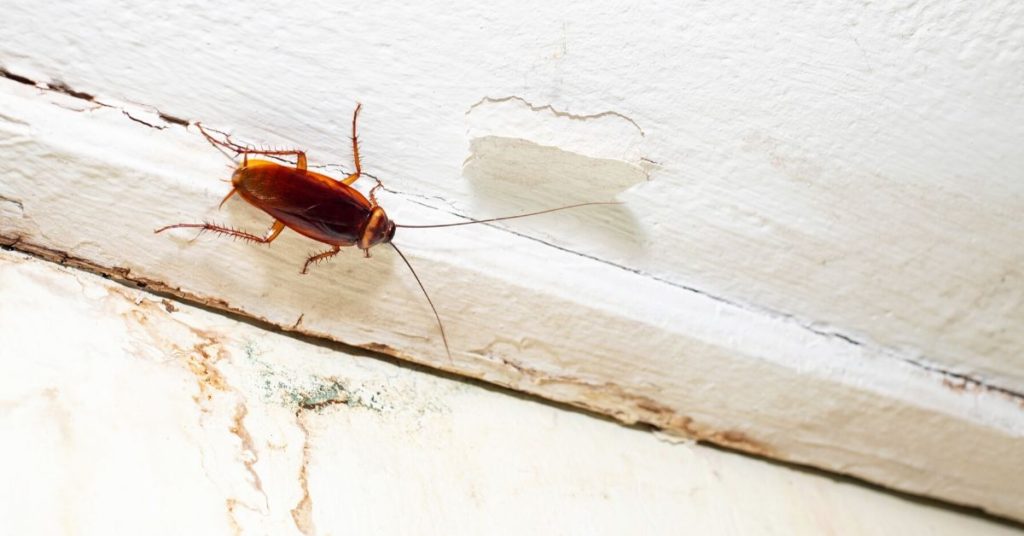Have you ever sat around and wondered where bugs head off to in the winter? Chances are that you haven’t, but it’s interesting to learn about the survival mechanisms that bugs pick up to make it through the cold. Insects, much like animals, have all developed their own unique way of surviving harsh winters. Bugs are smart enough to pick up on recurring winter patterns, so they can quickly adapt to a variety of weather conditions each year. Some insects survive as eggs or larvae, and others make it through the frigid temperatures as adults.
It’s no coincidence that you’re seeing more spiders and cockroaches inside your house during the winter. Specific bugs will claim a room in your home to ride out below freezing temperatures, but generally speaking, insects have three survival strategies.
Migration
Insects that are not strong enough to take on the winter follow in the footsteps of birds and migrate to a warmer region. The total distance traveled by a bug depends on the species of the bug and its needs. Some insects move across state lines, while others fly away to other countries! The best example of an insect that wants to get away from the snow is the Monarch Butterfly. Monarch Butterflies that reside east of the Rocky Mountains fly south each fall and head to central Mexico. Once the butterflies arrive safely, they take shelter in Mexico’s Oyamel Fir Forest and form a colony in this unique mountain habitat.
In contrast, butterflies that live west of the Rocky Mountains migrate to California’s coastal cities. Santa Barbara and Pacific Grove become hot spots for butterfly migration from October-February. Several coastal cities create butterfly sanctuaries to house the fluttering insect, and the sanctuaries attract tourists each year.
Overwinter
Overwintering is the process by which some insects choose to ride out the winter until it’s warm again. Bugs that can withstand the winter will gravitate to warm, secluded areas. Protection areas include hiding under piles of leaves, taking refuge in forests, hiding in the corner of buildings, and shielding themselves under the bark of trees. Some insects will even hide under trashcans for months on end. Insects that are known to use overwintering to survive are honeybees and box elders. As a consequence of overwintering, insects that are known for living an active lifestyle pause their activities during the winter. Once the cold weather subsides, these insects will resume their busy lives again.
Hibernation
You’re probably already familiar with hibernation, but the process of hibernating is more involved thank you think. Hibernation is more than animals and insects sleeping—it’s when creatures turn down their metabolism to survive the winter and save their limited energy. Depending on the species, hibernation can vary from deep unconsciousness to minor spells of inactivity. Ladybugs, paper wasps, and mosquitoes all hibernate. These bugs take over hollow trees and the crevices found in rocks until the warm weather peeks out again. One of the most fascinating forms of hibernation is the formation of a cocoon. Moths thrive in the winter, so they begin forming their cocoon during the fall because they can’t finish developing in warm weather.
While learning about insects is intriguing, you don’t want to find a nest of spider eggs in your kitchen. If your property is being taken over by bugs, contact Summit Lawn & Pest Control today. Our experts will take care of the bugs for you.







